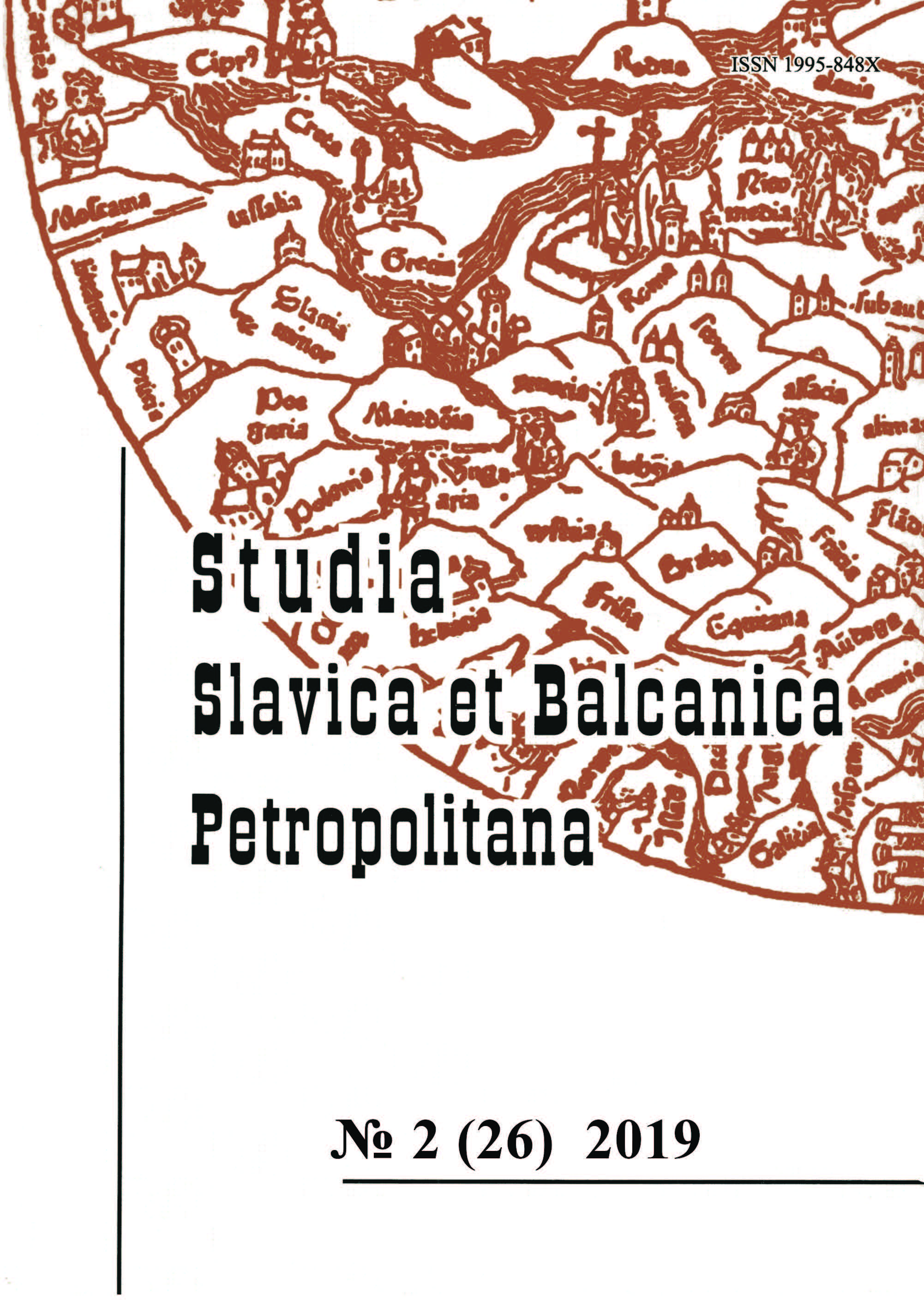Особенности использования данных о микропримесном составе металла для атрибуции матриц средневековых печатей
The special aspects of the data use on the trace elements composition in alloys for the attribution of medieval seals matrices
Author(s): Dmitriy Weber, Dmitriy Ivanovich Weber, Ekaterina Igorevna Nosova, Anastasia Yu. Loboda, Ekaterina B. Yatsishina, Elizaveta V. Chernobakhtova, Vasily M. Retivov, Elena Yu. Tereschenko, Ekaterina Sergeevna VashchenkovaSubject(s): History, Archaeology, Political history, Middle Ages
Published by: Издательство Исторического факультета СПбГУ
Keywords: Sphragistics; matrices; inductively coupled plasma mass spectrometry; X-ray fluorescence analysis; dating
Summary/Abstract: The article discusses the potential of the method of seal matrix dating based on analysis of alloy compositions. Seven dated seal matrices of Western European seals from the St. Petersburg Institute of History, Russian Academy of Sciences, served as the material for the research. Three of them (samples M1, M5 and M6) are copies made in the 18th–19th centuries, the other four (M2, M3, M4, M7) are presumably authentic. It was determined by inductive-plasma mass spectrometry (ICP-MS) that all studied stamps-matrixes were made of copper alloys with significant variations of the basic components and trace elements. In order to set the chronological context, we used published data on the composition of alloys of more than 320 small cast products with an exact chronological reference: from Great Britain (13th–18th), Germany (15th–19th), France (14th–19th), Poland (14th–16th). The joint statistical cluster analysis of the alloys elemental composition was made for both the seal matrices and comparative items collection. As a results, all objects were separated based on the concentration of the basic elements (copper, zinc, lead, tin) into two large chronological groups (up to and after the 16th century), whereas the analysis of the micro- and trace impurities concentrations allowed us divided them into smaller subgroups and allocated characteristic clusters of alloys: The seal matrices M2, M4 and M7 are included in cluster with earliest items from Great Britain 13th–14th centuries. Probably, these matrices can be attributed to this period. The seal matrix M3 is associated in cluster with wide range comparative items, corresponding to the XIII–XIX centuries, therefore, the refinement of the dating of this matrix can not be done. The seal matrices M1, M5 and M6, classified based to the basic elemental composition as the latest technologies (period after the XVI century), are stood out among the comparative items due to extremely high concentration of Sn (2.26–4.33 %) and Pb (5.0–7.8 %) along with Zn content being in the range 20.8–28.1 %. Therefore, presumably, these products are copies of the period of the New time. The study allows to conclude that use of the analysis of alloys is the perspective instrument for verification of authenticity and chronology of an object. However, there were also revealed some difficulties provoked by lack of comparative data of the corresponding geographical, historical and chronological context.
Journal: Петербургские славянские и балканские исследования
- Issue Year: 2019
- Issue No: 2 (26)
- Page Range: 37-55
- Page Count: 19
- Language: Russian

